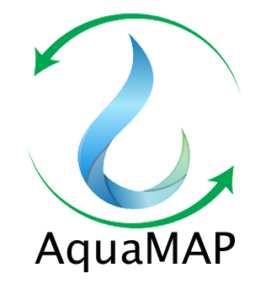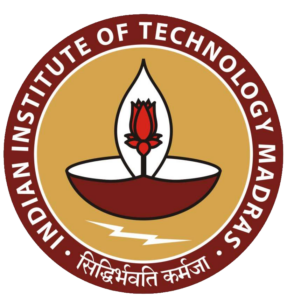Clean and Healthy Village Development Programme: Vallipuram,
Title: “Clean and Healthy Village Development Programme: Vallipuram,” funded by Nanyang Technological University (NTU), Singapore through their LIEN Environmental Fellowship (LEF) Program.
Vallipuram situated in Thirukalukundram taluk, Chengalpattu District, Tamil Nadu, lies along the northern banks of the Palar River. It comprises four hamlets: New Colony, Old Colony, Village, and the Irular community, divided into six wards with an approximate population of two thousand residents. Traditionally, agriculture has been the primary livelihood here. The village is close to Thirukalukundram and Chengalpattu, with Padalam and Ottivakkam Railway Stations serving as the nearest railway stations. Today, the inhabitants derive their income from various occupations such as agriculture, livestock rearing, construction work, auto driving, and temporary employment in different companies. Despite advancements in education, a conservative mind set among women persists, often prioritizing homemaking over external employment.
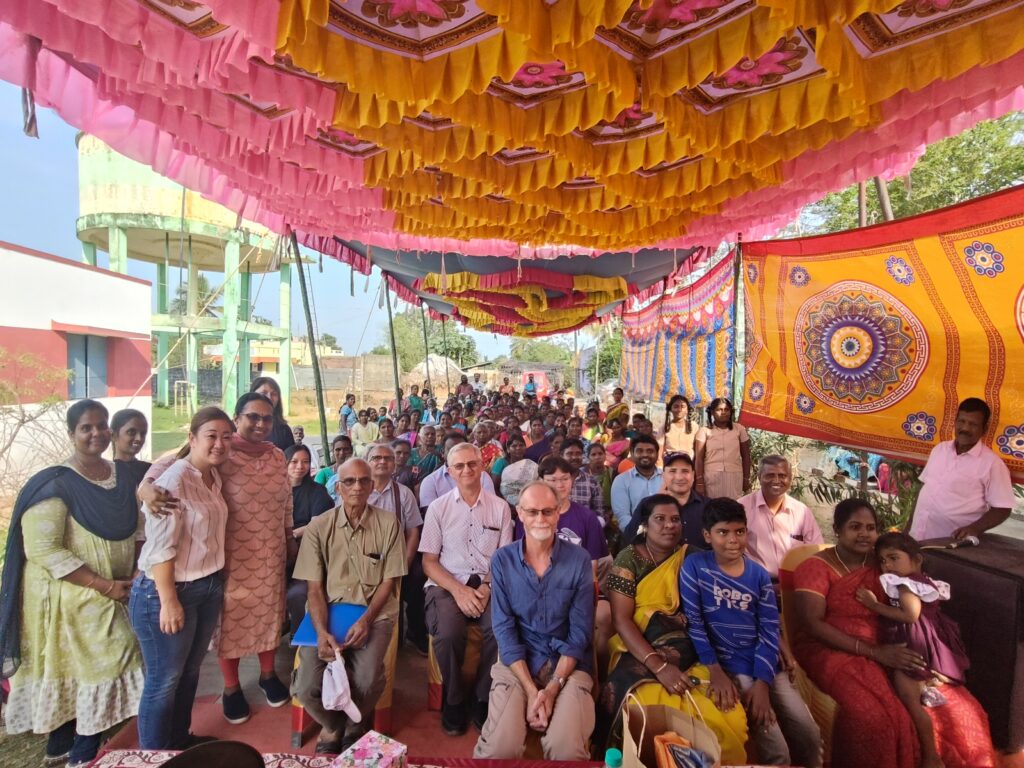
AquaMAP, with the help of IIT Madras alumni and cooperation from Panchayat officials, has been carrying out several village developmental programs. Based on a preliminary survey of the village for identifying need-based interventions by AquaMAP in water and sanitation, the objectives and scope of the present work were defined. This project is the continuation to the developmental works carried out by the AquaMAP, with active support by the alumni of IIT Madras and cooperation from local Panchayat officials. The overall objective of the present project is to develop Vallipuram into a model village with an emphasis on potable water supply, hygiene, public health, and protection of surface and groundwater sources from contamination, such that these developmental works can be replicated in other villages across India.
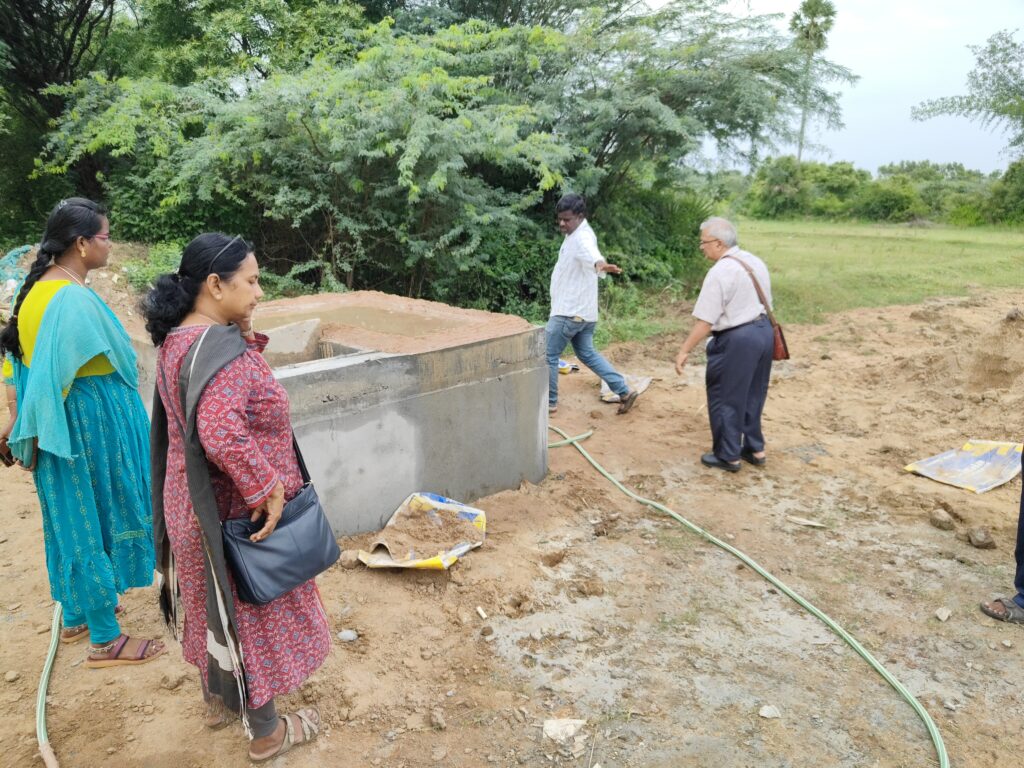
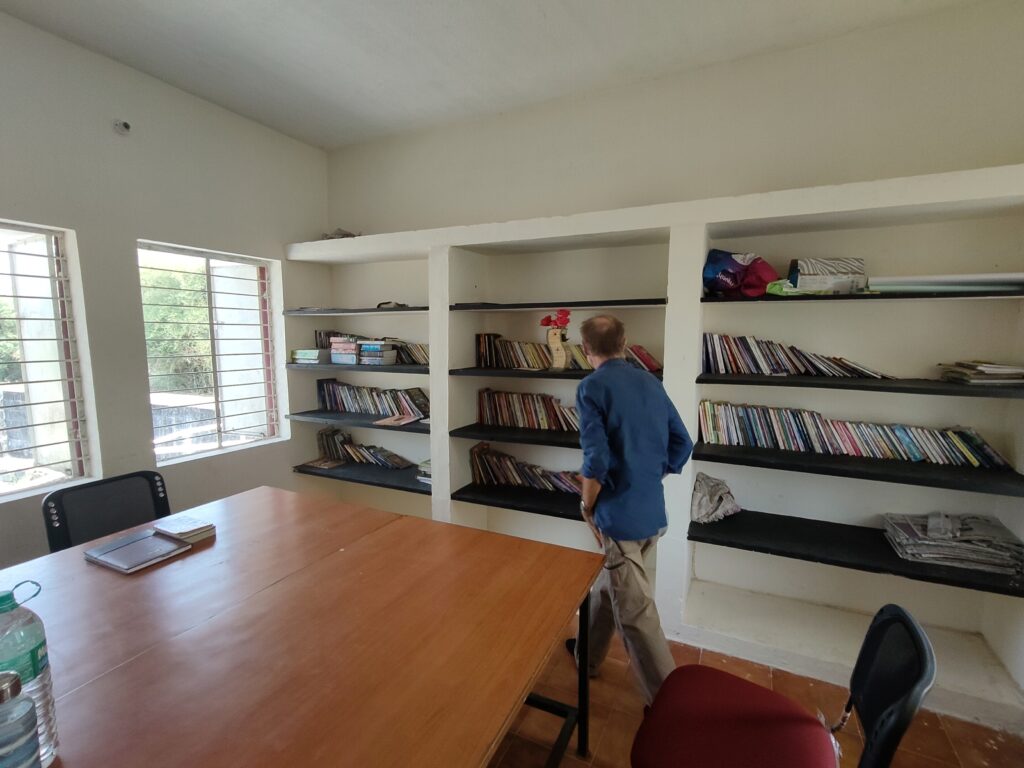
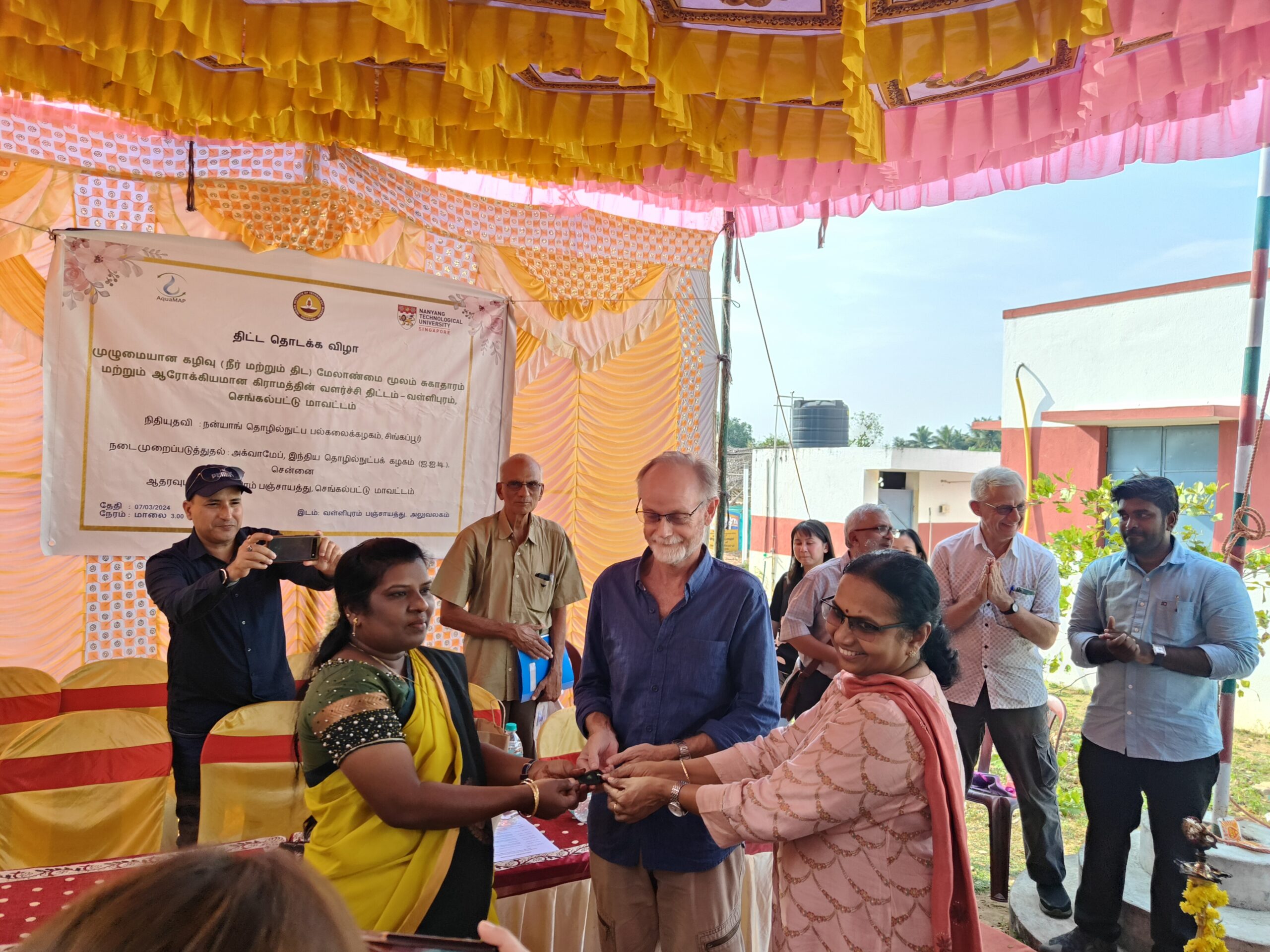
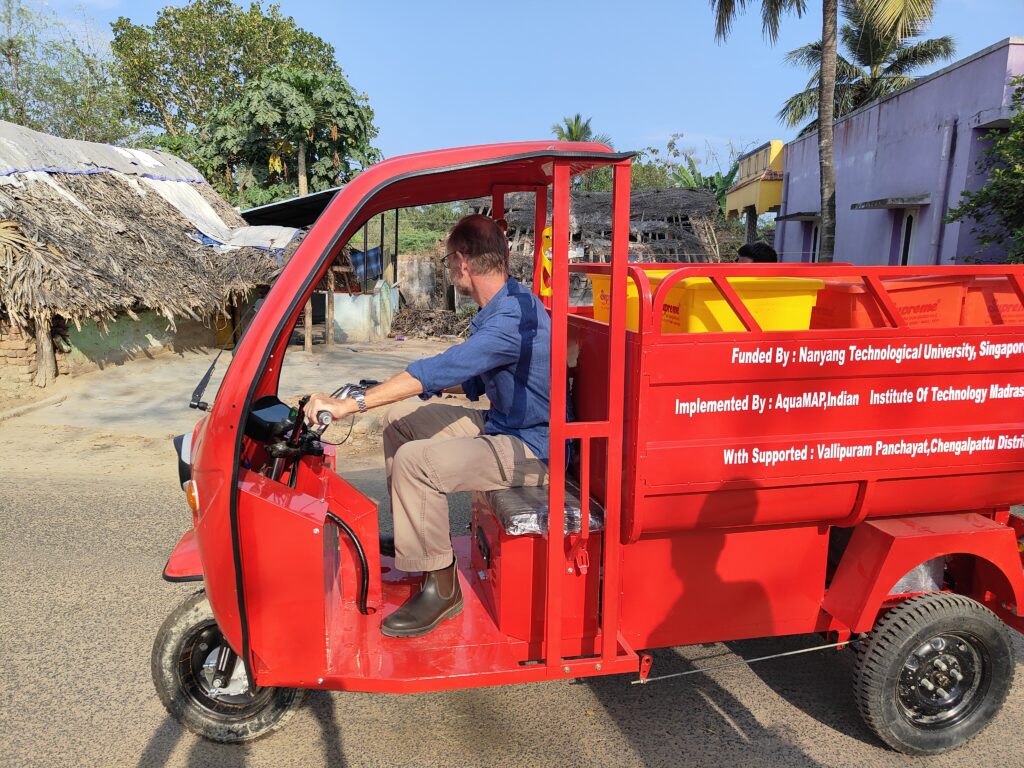
The specific scope of the Work in the Present (First) Phase of the Project includes the following:
- Conduct awareness programs so that local residents become aware of issues related to and nexus between water, waste, hygiene, health, and environmental management.
- Implement a comprehensive municipal solid waste management system.
- Implement a water quality monitoring system using online sensors.
- Install on-site water treatment systems to provide drinking water in public places such as schools and primary health centers.
